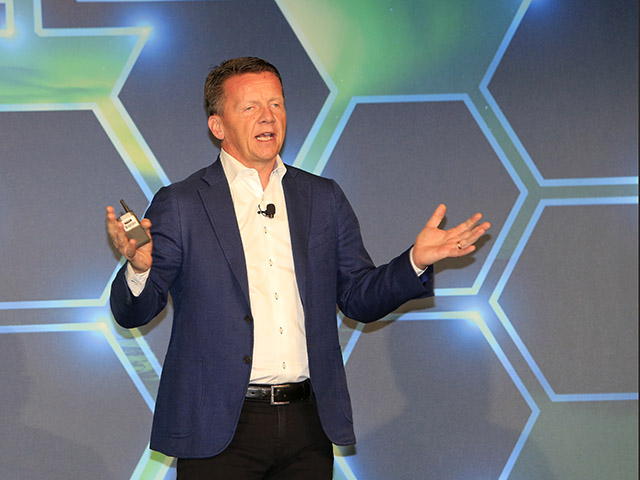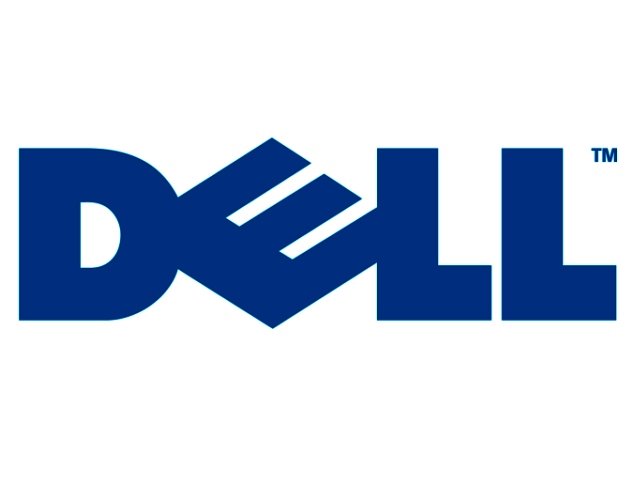Dell Technologies released today a research report that examines the future of human machine partnerships and reveals that business leaders are divided regarding the future.
The research, Realizing 2030: A Divided Vision of the Future, surveyed nearly 4,000 business leaders across 17 countries including South Africa to find mixed forecasts on the changing relationship between humans and emerging technologies by 2030, and includes their top tips for transforming today.
According to Dell Technologies’ new report, we’re entering the next era of human-machine partnerships with a divided vision of the future. For example, half of the 3 800 global business leaders surveyed forecast that automated systems will free up their time while the other 50% believe otherwise. Similarly, 42% believe they’ll have more job satisfaction in the future by offloading tasks to machines, while 58% disagree.
The quantitative research conducted by Vanson Bourne follows Dell Technologies’ seminal story, “Realizing 2030: The Next Era of Human-Machine Partnerships.” That study forecasted that by 2030, emerging technologies will forge human partnerships with machines that are richer and more immersive than ever before, helping us surpass our limitations. Business leaders agree: 82% of respondents expect humans and machines will work as integrated teams within their organisation inside of five years.
But leaders are also split by whether the future represents an opportunity or a threat, and torn by the need to mitigate these risks. For instance:
- 48% say the more we depend upon technology, the more we’ll have to lose in the event of a cyber-attack; 52% aren’t concerned
- 50% of business leaders are calling for clear protocols in the event that autonomous machines fail; other half abstained
- 45% say computers will need to decipher between good and bad commands; 55% don’t see a need

Jeremy Burton, chief marketing officer, Dell Technologies
“You can understand why the business community is so polarized,” comments Jeremy Burton, chief marketing officer, Dell Technologies. “There tends to be two extreme perspectives about the future: the anxiety-driven issue of human obsolescence or the optimistic view that technology will solve our greatest social problems. These differing viewpoints could make it difficult for organizations to prepare for a future that’s in flux and would certainly hamper leaders’ efforts to push through necessary change,” he continues.
Given the promise of monumental change, fuelled by exponentially increasing data and the applications, processing power and connectivity to harness it, 56% speculate that schools will need to teach how to learn rather than what to learn to prepare students for jobs that don’t yet exist. This thinking corroborates IFTF’s forecast that 85% of jobs that will exist in 2030 haven’t been invented yet.
Beset by barriers
Furthermore, many businesses aren’t moving fast enough, and going deep enough, to overcome common barriers to operating as a successful digital business. Only 27% of businesses believe they are leading the way, ingraining digital in all they do. Forty-two percent don’t know whether they’ll be able to compete over the next decade, and the majority (57%) of businesses are struggling to keep-up with the pace of change.
Main barriers to becoming a successful digital business in 2030 and beyond:
1. Lack of a digital vision and strategy: 61%
2. Lack of workforce readiness: 61%
3. Technology constraints: 51%
4. Time and money constraints: 37%
5. Law and regulations: 20%
Unified by the need to transform
Leaders may be divided in their view of the future and facing barriers to change, but they’re united in the need to transform. In fact, the vast majority of businesses believe they’ll be well on their way to transforming within five years, despite the challenges they face.
Likely to achieve within five years:
- Have effective cybersecurity defences in place: 94%
- Deliver their product offering as a service: 90%
- Complete their transition to a software-defined business: 89%
- R&D will drive their organization forward: 85%
- Delivering hyper-connected customer experiences with virtual reality (VR): 80%
- Using AI to pre-empt customer demands: 81%
“We’re entering an era of monumental change. Although business leaders harbor contrasting views of the future, they share common ground on the need to transform,” notes Burton. “Based on the many conversations I have with customers, I believe we’re reaching a pivotal moment in time. Businesses can either grasp the mantle, transform their IT, workforce and security and play a defining role in the future or be left behind,” he concludes.





